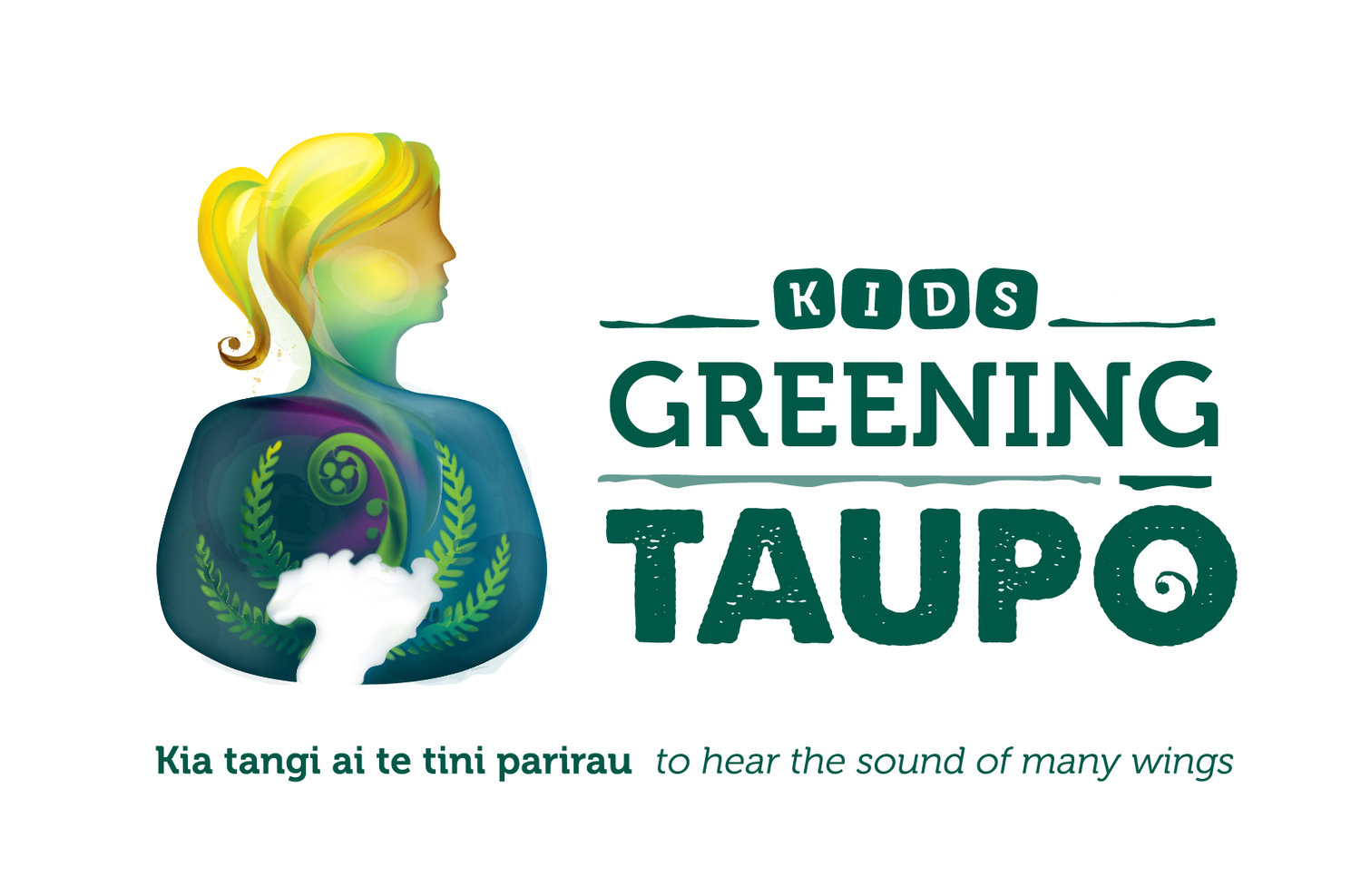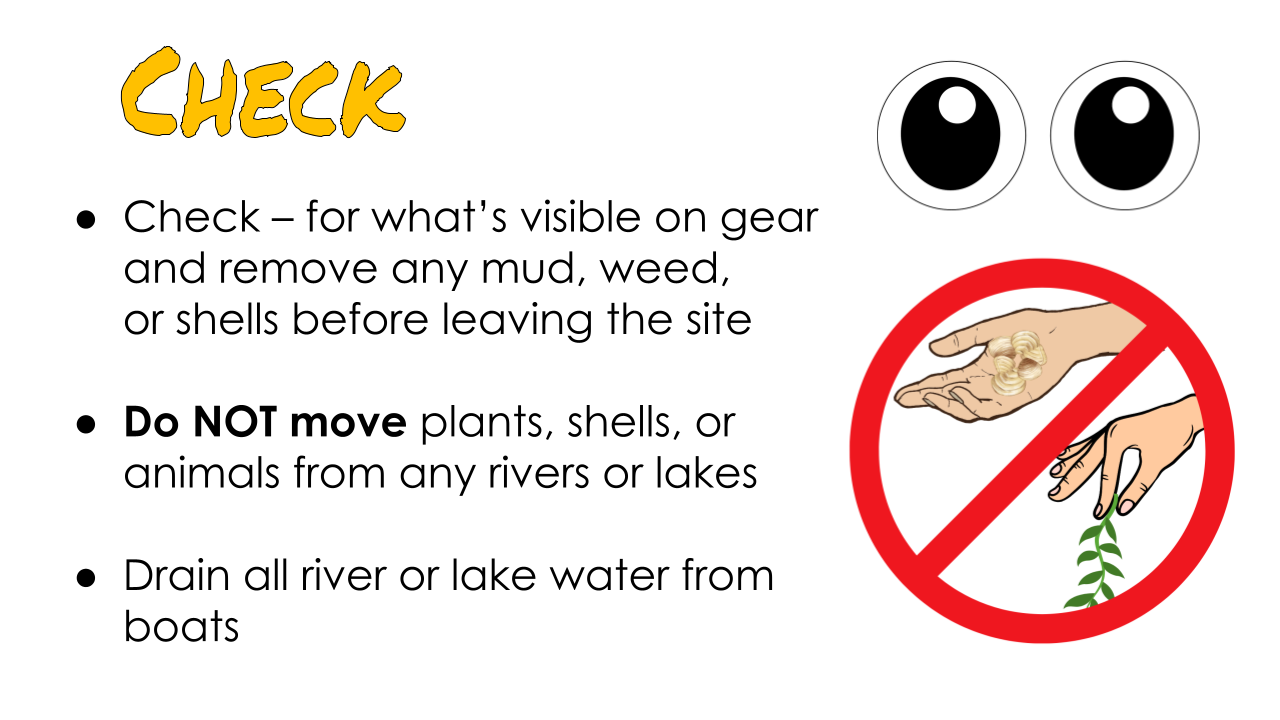Protect our Waterways from Invasive Clams
Invasive Clams - Waikato River - Bobs Landing - 25 May 2023 - Photo: T Burton
Take some time to read about invasive clams and to learn how to identify them, why they are a problem, what to do if you spot one, and most importantly- how to keep them out of our lake! Then, have a go at one of the fun activities to check how much you have learnt. Please spread the message- These clams are not wanted in our lake and we need to work together to keep them out!
What are Invasive Clams?
Invasive freshwater clams are a Corbicula species that are sometimes referred to as ‘Gold Clams’, a name that sounds far too nice for such an invasive species! Invasive species, means a species that does not belong here and can harm our environment. These invasive clams are small shellfish that have been introduced to Aotearoa accidentally and now threaten our ecosystems and our infrastructure. We want to work together to keep them out of our biggest lake, Lake Taupō!
Where in Aotearoa are the Invasive Clams?
Invasive clams were found in New Zealand for the first time in May 2023 in Lake Karāpiro in the Waikato River. They are now present from Lake Maraetai (Mangakino) and downstream.
Currently, we do NOT have invasive clams in Lake Taupō. You might have heard that invasive clams were found in 2024 at the lagoon used as a water park (Lake Taupō Aqua Park) near Taupō. This is true, but those clams were a different species, Corbicula australis, from Australia. There are plans underway to eradicate these ones, as they are in a contained space. Scientists say they have been there at least 4 years.
The ones found in the Waikato river are a species that originally came from Asia, Corbicula fluminae. This species of clam has accidentally been introduced to many places in Europe and the USA. These places continue to battle with these clams, as they have had an effect on native wildlife and on infrastructure, such as power production and irrigation. Unfortunately, they can badly damage the environment that they are introduced to and are impossible to eradicate from a river, as they will continue to spread downstream on the current. Luckily for us, Lake Taupō is upstream from where they have been found, so they will not naturally spread to our lake. If they are introduced to Lake Taupō, it will be by human activity. Let’s work together to ensure that doesn’t happen!
Invasive clams are small. Photo: Ministry for Primary Industries
What do Invasive Clams Look Like?
A symmetrical shellfish (the ‘knob’ or join is in the middle!)
Rounded fan shape
Ribbed shell
They are small! Adults are 2 to 3 cm wide -babies are so small (0.2mm) that they are invisible to our eyes!
Shades of brown and khaki-gold
Sit on top of sand or mud, or may be slightly buried
Native kākahi such as this one can be mistaken for invasive clams. Notice that it is not as round, or symmetrical, and it does not have the deep ribs. Photo: Sarah Wraight
Don't get confused! Kākahi or Invasive Clam?
We do have special native shellfish in our lakes and rivers that we want to protect- kākahi. Kākahi are our native freshwater mussels, and they can look very similar to the invasive clams. Unfortunately, they are often mistaken for clams and removed from the lake. Kākahi grow much bigger than the tiny clams. They are also more of an oval shape, they do not have ribs, and they are NOT symmetrical (the shell join is to one side, not in the middle). Please take care not to mix up these two shellfish.
If you think you have found an invasive clam, check whether it fits the criteria listed above. If so, then take a photo, note the location, and report it online to MPI or call 0800 80 99 66. Do not move it!
Why are these Clams so Invasive?
Invasive Clams in sediment at Bobs Landing on the Waikato River- 25 May 2023 - Photo: T Burton
They are self fertile (they don’t need a mate to breed)
One adult clam can have over 400 larvae in a day, up to 70,000 per year per individual clam!
Larvae are 0.2 mm, basically invisible to our eyes! They could be in your clothes without you noticing.
They spread downstream with the current
They have a sticky mucous thread that acts like a sail, helping them move downstream. Then it becomes like an anchor when it sticks them to rocks, boats, and other objects.
They are very difficult to kill and can stay alive for a long time in damp equipment, “If it’s wet, it’s a threat!”
They can easily be moved from one place to another in damp clothing, wetsuits, life jackets, or on boats, kayaks, paddleboards etc
Why are the Clams a Problem?
Overseas, they undergo mass die-offs and leave masses of shells known as “shell banks” or “a concrete bottom” to lakes and rivers. This can impact native ecosystems.
People overseas talk about the smell when there is a mass die-off.
They can clog up water pipes – used for power generation, irrigation systems & town water supply.
They can compete with native species for food, light & space. Species such as kākahi, tuna (eels), and kōura could be at risk if their ecosystem changes.
How do we stop these clams from getting into our lake?
Click here to read the ‘Check Clean Dry’ procedures, as recommended by MPI.
We have simplified things for the tamariki that we speak to at schools, and you can see our slides below.
Once you’ve watched the video and/or read the information, have a go at the crossword puzzle. If you think you’re an expert, try taking on the giant crossword (this one is a real challenge!).
Activities for Tamariki
Click on image to download and print PDF
Click here to download this giant crossword and the answer sheet. Good luck with this one. It’s a real challenge!
Resources
MPI Freshwater Clams Information
MPI Freshwater Gold Clams Factsheet pdf
Easy to read summary article by Endangered Species Foundation
MPI Gold Clams Summary Sheet pdf
These resources were made by Kids Greening Taupō Coordinator, Rachel Thompson, with support from Biosecurity New Zealand.















